Steps to create a chatbot personality
- Define your brand voice
- Know your audience
- Set rules for conversation flow
- Leverage AI and NLP
A good chatbot should be able mimic the interactions of a live agent without the need for human intervention. The key is to create a chatbot personality that engages in a way that supports, rather than detracts from, the customer experience.
The personality of your conversational artificial intelligence (AI) has a direct impact on user engagement and brand perception. Whether you work in an industry like customer service, e-commerce, or healthcare, you probably put a lot of consideration into the personalities of your human hires — so why would you have different standards for your chatbots? Consider your chatbot a representative of your brand; the way it communicates with customers plays a crucial role in driving your success.
But how do you create an AI chatbot personality? From the basics of chatbot design to chatbot best practices, this guide will help you design your own custom chatbot personality to elevate your customer experience.
Pro Tip
Shape a consistent brand voice with Jotform’s AI Chatbot for WordPress, an AI chatbot plugin embedded in your site, to greet visitors, keep responses on tone, and guide people to the right next step.
What is a chatbot persona?
A chatbot persona refers to the personality, tone of voice, and overall characteristics of a chatbot that are conveyed through its responses. These personas are typically created to align with and ensure brand consistency, while ensuring a human-like experience for those interacting with them.
When creating a chatbot persona, you should consider and replicate a few key elements of human personality, such as:
- Tone and language: How formal or casual will your chatbot sound? What terminology will it use? Does it employ a heavy use of emojis, or is it more straightforward? Your answers to these questions should align with your brand voice.
- Emotional intelligence: Chatbots are not inherently empathetic, as they lack the soft human skills that live agents can offer. That’s why it’s essential to train a chatbot to convey basic human emotions, such as empathy and humor, thereby helping to bridge the gap between humans and machines.
- Consistency: Maintaining clear and consistent communication that aligns with your brand is essential to building an effective chatbot persona. Chatbots that interact with customers in a way that’s dissonant to your brand voice can cause confusion and frustration.
- Adaptability: Since no two customer interactions are the same, your chatbot’s personality must be able to adapt to meet different needs. Many chatbots use natural language processing (NLP) to interpret human emotions and adjust accordingly.
Using these elements as your guiding principles, you can then take the next step to create a chatbot personality confidently.
How to create a chatbot personality that aligns with your brand
Creating a chatbot personality can be easy when you have a clear plan of action in place. Follow these steps to start your chatbot customization process off on the right track…
Define your brand voice
Your chatbot’s communication style should mimic your brand voice. Therefore, establishing a clear and compelling brand voice is a crucial first step before customizing your chatbot’s personality.
Building a strong brand voice requires establishing an outward-facing personality for your brand, which is reflected in everything from your marketing materials to your customer interactions.
When building an effective brand voice, consider your:
- Target audience
- Vocabulary
- Language style
- Tone
- Brand values
- Brand positioning
By clearly establishing these elements of your brand voice, you can create a model from which a chatbot personality can emerge and remain in alignment across interactions.
Know your audience
Within your target audience, there may be several clusters of customer demographics. Your chatbot must be capable of adapting and interacting with each of these groups.
Take the time at the beginning of your design process to identify the demographics of your target audience. From there, you can create a diverse chatbot personality that meets the needs of each group. Alternatively, create multiple chatbot tools for different audiences that can be deployed separately based on their specific use cases.
While narrowing down your audience, ask questions such as
- What are their interests?
- Where do they live?
- What is their average age?
- What are their needs?
- What are their common challenges?
From there, you can paint a clear picture of who your chatbot will interact with, allowing you to form your chatbot’s personality through traits that will increase user engagement.
Set rules for conversation flow
Every conversation has a natural flow, and it’s up to your chatbot to keep customer interactions running smoothly. By setting clear rules for your chatbot, you can ensure that it won’t take potentially damaging or off-brand creative liberties when making interaction decisions. These rules could include setting limits on
- Response length
- Industry jargon
- Humor usage
- Formal vs. informal language
Using these rules as guardrails for your customer interactions, your chatbot communication won’t stray into areas that may not properly reflect your brand voice or may cause customer frustration.
Leverage AI and NLP
To take your chatbot’s personality to the next level, consider selecting a solution that leverages conversational AI and chatbot NLP. These technologies add a layer of flexibility and personalization to chatbots, enhancing the humanity of your digital assistants.
An AI chatbot personality can be more robust and authentic than one made without the help of AI. Chatbots built with AI can adapt to situations quickly and effectively by analyzing customer messages and crafting human-like responses that match their sentiment. Although this technology isn’t equivalent to a human being, AI chatbots are the most emotionally intelligent solution out there.
The role of emotional intelligence in chatbots
When your customers reach out to your brand for help with a question or issue, they want to feel heard and understood. They want to feel like there’s a human on the other side, not a robot programmed to produce canned responses. That’s why infusing emotional intelligence into your chatbot communications is crucial for delivering a positive customer experience.
AI chatbots utilize natural language processing to detect user sentiment, enabling them to respond in a human-like manner. This technology, in part, relies on machine learning to analyze large datasets of text and speech to identify patterns. Using these identified patterns, your AI chatbot can match the customer’s tone with empathy and understanding, even in automated interactions.
This augmented empathy is especially beneficial for businesses in industries where users often face high-stress situations, such as healthcare. If patients use a chatbot to ask about a potential health issue or billing, meeting them with empathy is crucial in making them feel heard and secure.
Best practices for optimizing chatbot personality
Once your chatbot is set up and engaging with your customers, you shouldn’t simply set and forget. You’ll want to continue adjusting your chatbot’s personality over time. By following a few best practices, you can further improve your chatbot communication and enhance your customer experience.
Use personalization techniques to increase engagement
Modern customers are seeking personalized experiences in their interactions with brands. In fact, 96 percent of shoppers say they’re more likely to purchase from a brand that sends personalized messages.
To create a more personalized experience, you can employ several techniques that help tailor your chatbot messages to meet consumer expectations:
- Leverage user data: Utilizing customer data, such as purchase history, shopping habits, and previous interactions, enables you to craft more effective, personalized messages. Your chatbot can make personalized shopping recommendations, proactively address potential issues, and offer rewards tailored to your customers’ wants and needs. However, be cautious and transparent about the data you use to avoid any unintended ethical repercussions.
- Adapt to user preferences: Ask your users for their feedback on your chatbot’s personality. Then, make adjustments based on their thoughts to improve their overall experience. This could include expanding your language options, adding personalized greetings, or adjusting your overall chatbot tone or style to better suit your target audience.
- Increase engagement: Adding features like dynamic buttons, which accelerate the interaction, can help maintain user engagement throughout the resolution process. Other engaging features, such as chatbot avatars or contextual information, may also be well-received by your customers.
Chatbot scripts vs AI-powered responses
Do you want your chatbot communication to follow your words to the letter? Or would you prefer it to adapt based on the customer’s needs per interaction? These are the questions you should be asking yourself when choosing between chatbot scripts and conversational AI responses.
Chatbot scripts allow you to plan out the path, responses, and limitations of your online assistant. These scripts must be built manually by your team, uploaded, and adjusted as necessary to maintain an optimized experience. Although this option offers the benefit of predictability, it provides a more rigid customer experience compared to the alternative.
AI-powered responses utilize chatbot NLP to interpret customer messages, enabling your chatbot to produce answers that best suit the situation. Using your internal data, your AI chatbot personality will adapt to each situation and respond accordingly. These chatbot models enhance responses with greater personalization and emotional intelligence, but they may also be less predictable than a scripted solution.
Maintaining professionalism around sensitive topics
Depending on your industry, you need to ensure that your chatbot’s personality is equipped to navigate the intricacies of handling sensitive topics. These could include health scares, patient information, financial interactions, and more.
Navigating these scenarios requires you to take extra care when crafting your chatbot personality. Chatbots must be sensitive to these scenarios, which may require training them using scripts or practice conversations that provide them with example situations.
Whether you choose to have your chatbot adhere to a script or simply establish guidelines for language use, setting clear conversation flow parameters can help you avoid any potential faux pas. Especially when chatbots are operating in sensitive environments, it’s essential to make an extra effort to ensure their professionalism and compliance.
Test and improve
It’s unlikely that you’ll nail your chatbot personality on the first try. But don’t let that discourage you. Part of creating the best possible chat experience is testing new chatbot customizations and gathering data on their performance.
Ask for feedback through customer surveys to gain first-hand insight into what aspects of your chatbot personality work and what don’t. Using this data, you can make tweaks to better align with your audience’s preferences.
With each iteration, your chatbot will improve and grow. Over time, you’ll likely find that fewer and fewer changes are necessary, indicating that you’re approaching optimization and are yielding better results from your chatbot.
Examples of well-executed chatbot personalities
You don’t have to reinvent the wheel to create an effective chatbot. Check out these examples of impressive chatbots from a few big-name brands to get inspired:
- Domino’s Dom: When you’re hungry, ordering a pizza should be simple. With the help of Domino’s Pizza’s Dom AI chatbot, ordering pizza online is fun and easier than ever. Dom has an engaging, casual personality that uses conversational AI to predict customers’ wants and make tasty recommendations.
- Babylon Health’s Diagnostic and Triage System: Babylon Health’s AI chatbot offers clinically validated symptom-checking services delivered with empathy. This chatbot personality navigates sensitive topics with ease, offering patients a digital hand to hold as they figure out the next steps along their health journey.
- Sephora’s Beauty Assistant: Through its friendly and well-informed chatbot personality, Sephora’s Beauty Assistant helps shoppers find the products that best suit their skin tone and personal style. Utilizing customer data and AI, this solution offers personalized product recommendations and beauty advice tailored to each individual’s unique preferences.
Creating a chatbot like the ones above may seem intimidating, but all you need is the right solution that makes it easy. That’s why you should consider using Jotform AI Agents to streamline your chatbot generation process.
Jotform AI Agents for custom chatbot personality
Creating a custom chatbot personality is simple with the help of Jotform AI Agents. This advanced digital solution presents users with a robust suite of customization options — all available through Jotform’s AI Chatbot Builder. Not only can you customize your chatbot to match the visual style and colors of your branding or website, you can also adjust its personality to align with your brand voice.
You can modify your chatbot branding in Jotform’s Agent Builder to update your avatar, colors, and fonts to match your style. Then, you can customize your chatbot’s tone of voice to best reflect your company’s digital personality. As you test-run your AI agent, Jotform also allows you to make adjustments to your chatbot’s behavior to better align with your customers’ expectations.
Jotform AI Agents can be easily adapted using a variety of different training materials, including
- Internal knowledge bases
- Frequently asked questions
- PDFs and other files
- External URLs
- Manual practice conversations
Using these training methods, you can design a conversational AI chatbot personality that can adapt to any situation. You can also train your AI agent to use custom responses for frequently asked questions and even set clear parameters for what questions to ask.
Through these customization features, you can create a chatbot with high emotional intelligence that can provide an exceptional customer experience. But if you’re looking to save even more time, you can start by using one of Jotform AI Agents’ 7,000-plus pre-built AI agent templates.
These templates feature many different types of chatbots across a wide range of categories, so you can get started quickly with an AI agent that matches your needs. Once you’ve selected the right template, you can then make the necessary changes in the Agent Builder to customize your chatbot’s personality further.
Enhance your full tech stack with Jotform
Jotform AI Agents also offer powerful additional features through the full Jotform suite of products. By relying on these AI agents, you gain access to capabilities such as
- Data organization and storage with Jotform Tables
- E-signature collection with Jotform Sign
- Automated workflows with Jotform Workflows
- Task management and visualization with Jotform Boards
- Analytics and reporting with Jotform Report Builder
- Custom, no-code app creation with Jotform Apps
- Access to more than 100 third-party integrations
These powerful add-ons can transform your AI chatbot personality into a value driver for your business, helping you optimize your customer-facing communication.
By applying these tools and tips, you can develop a chatbot personality that resonates with your target audience and offers them personalized assistance. Creating the right chatbot personality for your business will not only maintain your customers’ loyalty but also give your team the benefit of greater efficiency — freeing up their time to handle tasks that require a human touch. And with the help of Jotform AI Agents, generating the ideal AI chatbot personality is easier than ever.
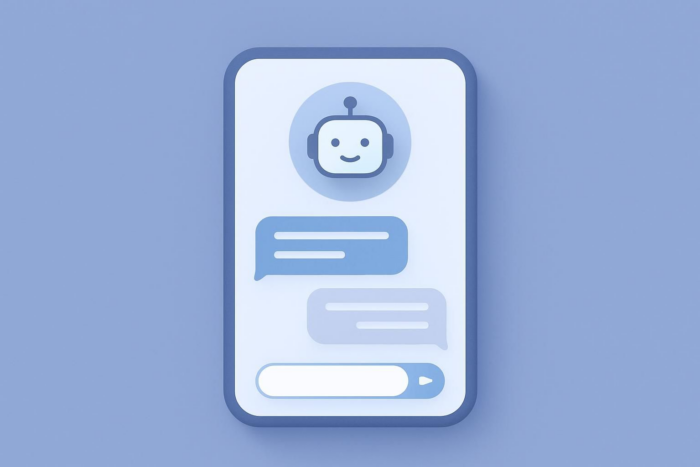


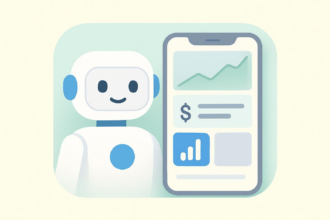

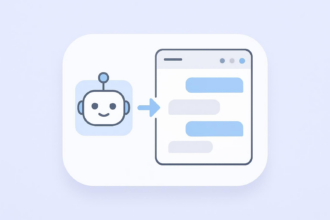
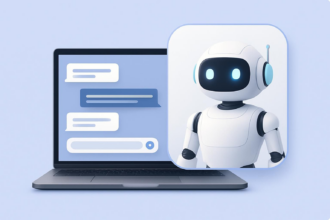
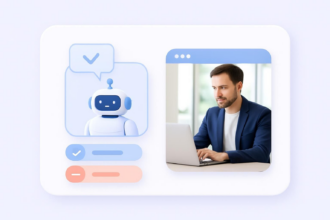
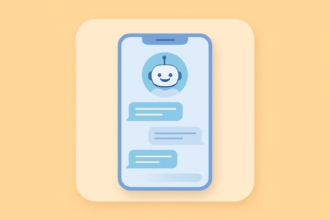

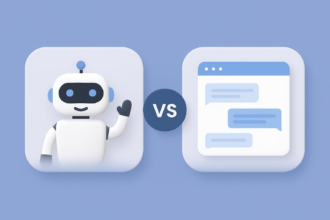





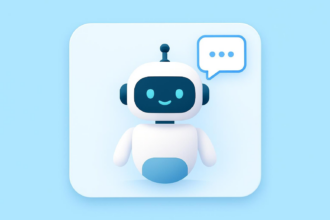







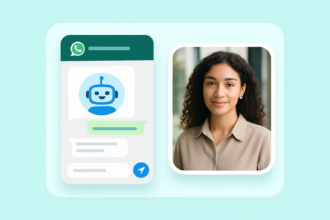
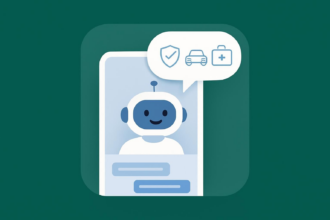





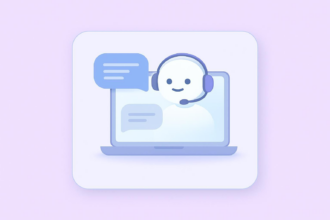
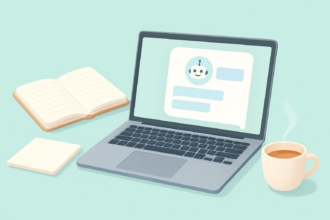


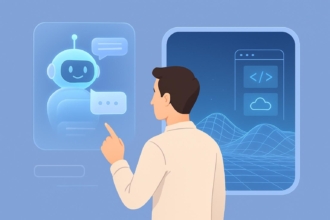
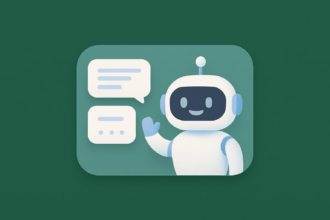


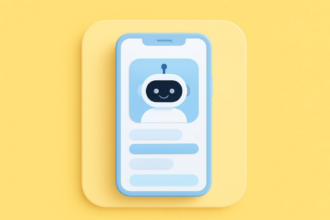
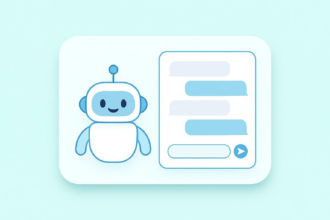

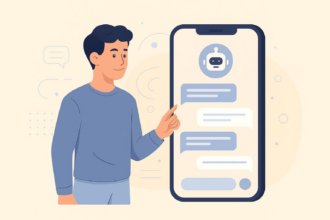


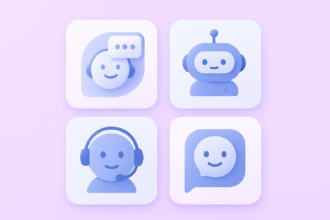
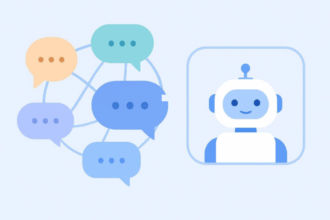


Send Comment: